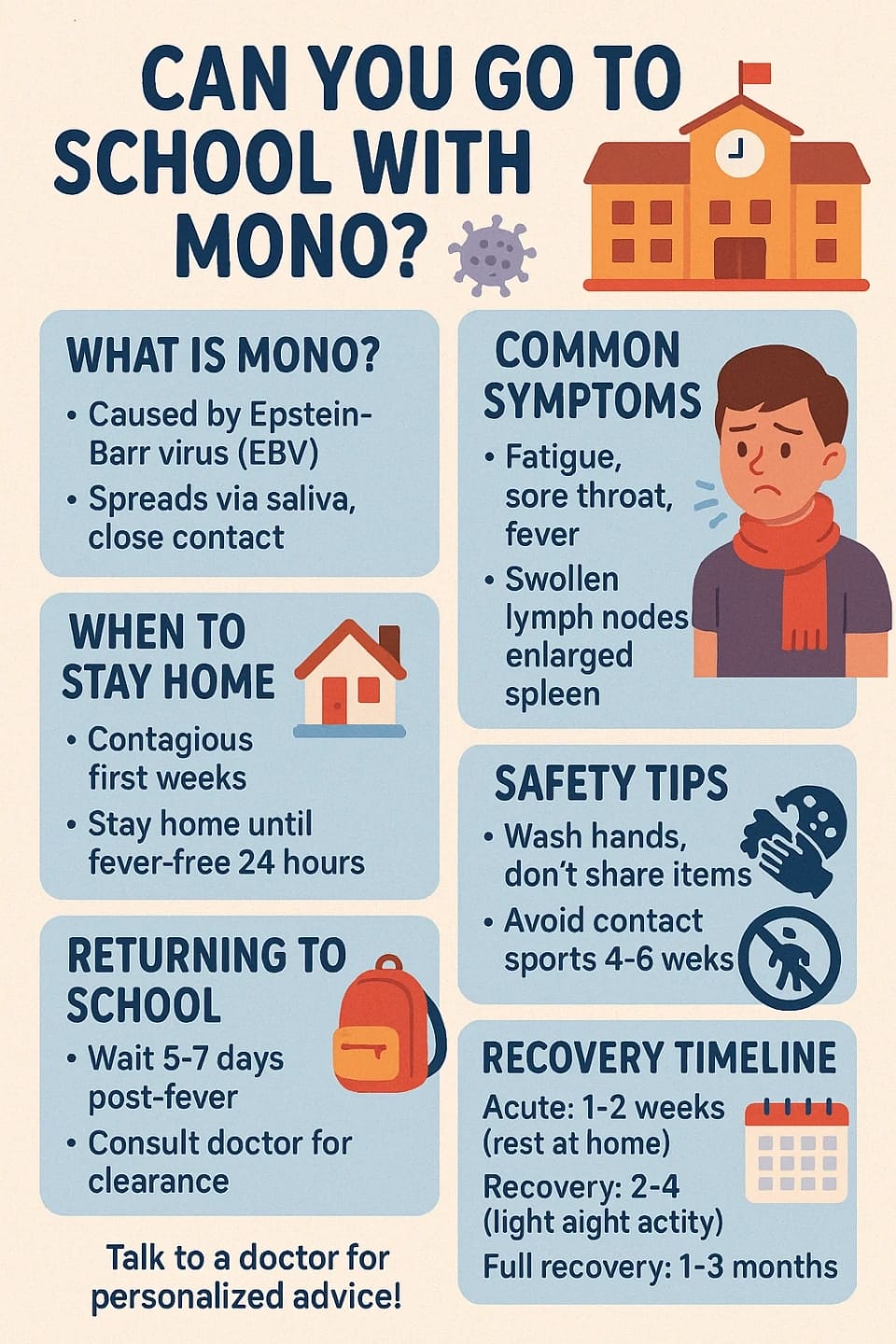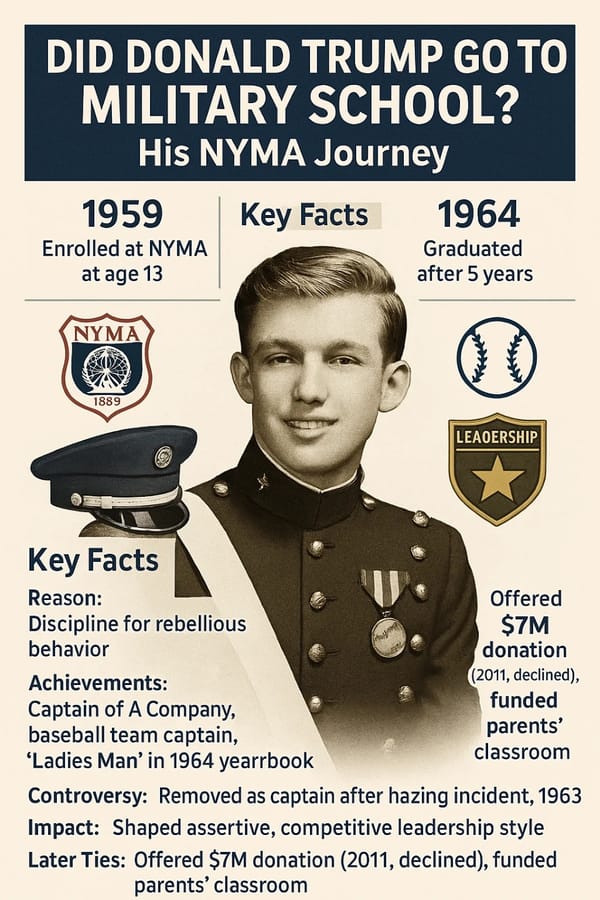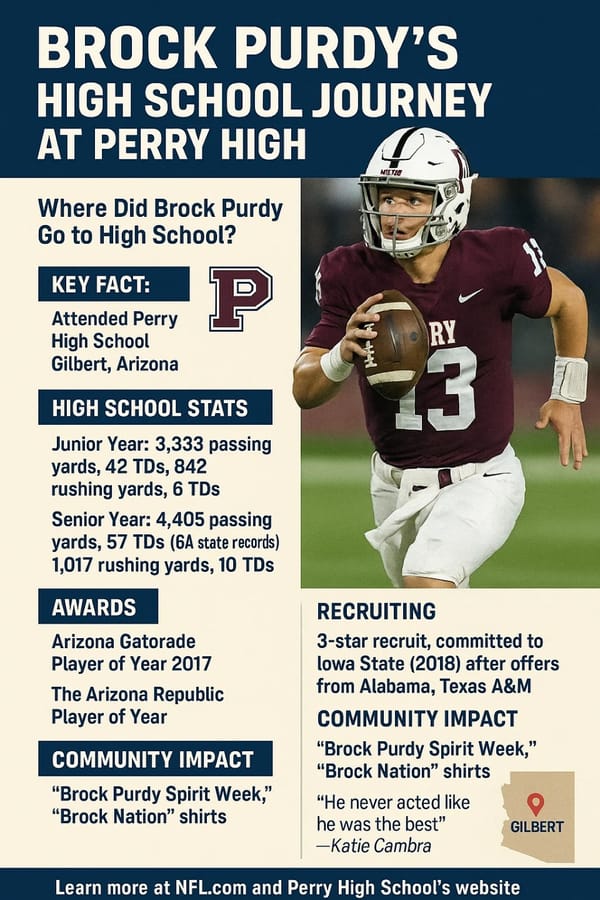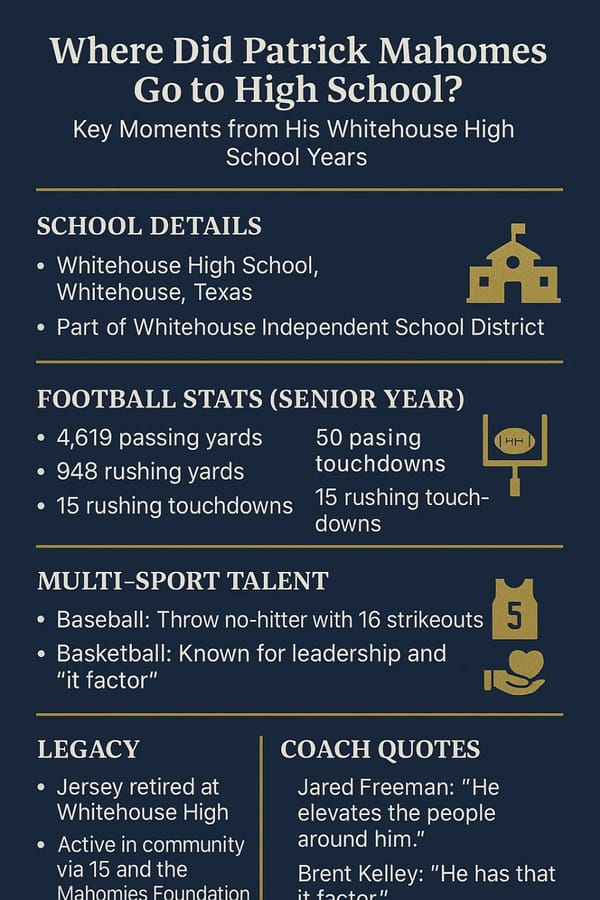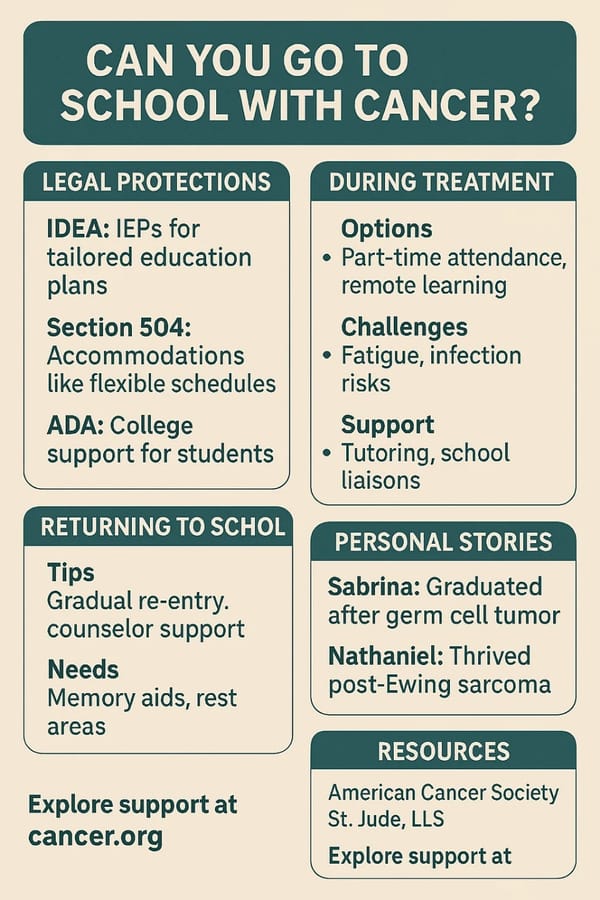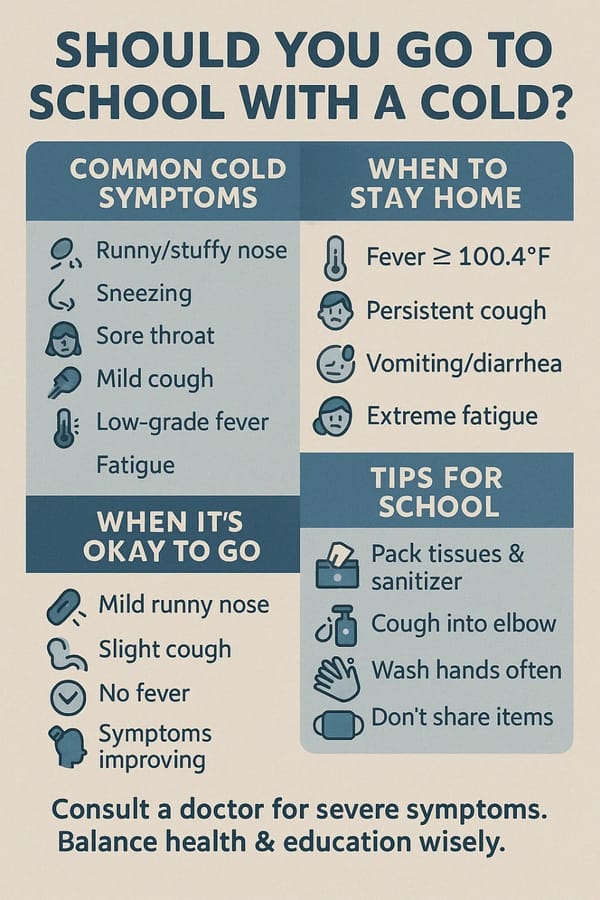Can You Go to School with Mono? A Comprehensive Guide for Students and Parents
Imagine your teen waking up exhausted, throat aching, and fever spiking—just as midterms loom. That was my reality when a student I mentored was diagnosed with mononucleosis, or mono, sparking the question: Can you go to school with mono? As an educator, I’ve seen firsthand the tug-of-war between health and academics. Mono’s contagious nature and lingering symptoms complicate the decision, but with careful planning, students can recover without derailing their education. This guide dives into mono’s symptoms, contagiousness, safe return-to-school timelines, and practical tips, blending expert advice with my experience supporting a student through this illness.
Understanding Mononucleosis: What Is Mono?
Mono, caused by the Epstein-Barr virus (EBV), affects over 90% of adults globally by adulthood[1]. While kids often catch EBV with mild symptoms, teens and young adults face stronger effects, earning mono the nickname “the kissing disease” for its saliva-based spread. A study on mono in college students shows it hits 1% to 5% of university students yearly, with 11 to 48 cases per 1,000, making it a real concern in schools.
How Mono Spreads
Mono travels through:
- Saliva: Kissing, sharing drinks, utensils, or toothbrushes.
- Close Contact: Coughing or sneezing in tight spaces like classrooms.
- Indirect Contact: Touching contaminated surfaces, though rare.
Schools, with shared spaces and close quarters, are prime spots for transmission, raising valid concerns about attendance safety.
Common Symptoms of Mono
Mono’s symptoms can feel like a brutal flu, disrupting school life. They include:
- Fatigue: Crushing exhaustion, lasting weeks or months.
- Sore Throat: Intense pain, often with swollen tonsils.
- Fever: Typically 100°F to 103°F (37.8°C to 39.4°C).
- Swollen Lymph Nodes: Noticeable in the neck or armpits.
- Enlarged Spleen: Affects about half of cases, risking rupture.
- Headache and Rash: Occasional, especially with certain antibiotics.
Symptoms vary—some students manage with mild discomfort, while others can barely leave bed, making school attendance a tough call.
Is It Safe to Go to School with Mono?
Parents and students often ask, Can I go to school with mono? The answer depends on contagiousness, symptom severity, and risks. Let’s unpack it.
Contagiousness: How Long Is Mono a Risk?
Mono is most contagious in its early weeks, when fever, sore throat, and fatigue peak. The virus lingers in saliva for months, but transmission risk drops as symptoms fade. Children’s Healthcare of Central Florida advises staying home during the acute phase to curb spread in school settings, where close contact is unavoidable.
Risks of Returning Too Soon
Heading back prematurely can cause:
- Virus Spread: Classrooms and cafeterias amplify transmission.
- Health Complications: An enlarged spleen risks rupture during activity—a rare but serious issue.
- Delayed Recovery: Overdoing it can worsen fatigue, stretching recovery time.
I recall mentoring a high school junior with mono. Eager for exams, she tried returning after a week but was wiped out by lunch. Her doctor recommended waiting until her fever broke and energy stabilized, about 10 days later. This showed me recovery demands patience.
When Can You Return to School?
Experts suggest returning when:
- Fever Subsides: No fever for 24 hours without medication.
- Symptoms Ease: Sore throat and fatigue become manageable.
- Timeframe: Usually 5-7 days post-fever, though timelines vary.
The Center for Young Women’s Health stresses consulting a doctor to confirm readiness, as lingering fatigue may require a gradual return.
Managing Mono While Attending School
When school is unavoidable, smart strategies protect the student and peers. Here’s how to navigate it.
Communicate with School Staff
Talk to teachers, counselors, and the school nurse about:
- Modified Assignments: Shorter tasks or flexible deadlines.
- Remote Options: Partial attendance via online classes.
- Rest Areas: A quiet spot for breaks if fatigue hits.
AFC Urgent Care Boulder highlights partnering with schools for accommodations to balance health and academics.
Prioritize Rest and Nutrition
- Rest: Take breaks between classes; skip late-night cramming.
- Hydration: Sip water or electrolyte drinks to ease throat pain.
- Nutrition: Choose soups, smoothies, or fruits to fuel recovery.
Small habits, like napping after school, can make a big difference.
Prevent Spreading Mono
Protect classmates by:
- Hygiene: Wash hands often; carry hand sanitizer.
- No Sharing: Avoid passing drinks, utensils, or lip balm.
- Cover Coughs: Use tissues or your elbow to trap germs.
These steps cut transmission risks in busy school environments.
Physical Activity: What’s Safe?
An enlarged spleen raises concerns about exertion. Follow these rules:
- Skip Contact Sports: Soccer, basketball, or wrestling could harm the spleen.
- Light Movement: Walking or stretching may be fine with a doctor’s okay.
- Gym Class: Request exemptions until medically cleared.
The spleen often normalizes in 4-6 weeks, but always check with a healthcare provider first.
Mono in College: Unique Challenges
College students face heightened risks due to dorms, parties, and academic stress. Research notes 11-48 cases per 1,000 students, especially freshmen with lower EBV exposure. Stress and poor sleep can worsen symptoms, complicating recovery.
Tips for College Students
- Campus Health: Visit clinics for diagnosis and follow-ups.
- Roommate Alert: Warn peers to avoid sharing items.
- Academic Plans: Email professors early for extensions or make-up work.
Proactive steps help students stay on track while healing.
Potential Complications: When to Act
Most recover fully, but watch for:
- Spleen Rupture: Sudden abdominal pain needs urgent care.
- Liver Issues: Rare jaundice or hepatitis may appear.
- Chronic Fatigue: Exhaustion past 6 months requires evaluation.
If symptoms worsen or new problems arise, see a doctor immediately.
Prevention: Lowering Mono Risk
No EBV vaccine exists, but you can reduce exposure by:
- Skipping shared drinks or utensils.
- Washing hands regularly and covering coughs.
- Avoiding close contact during outbreaks.
These habits safeguard students beyond mono season.
Mono Recovery Timeline: At a Glance
This table outlines recovery and school guidelines:
| Phase | Symptoms | School Attendance | Precautions |
|---|---|---|---|
| Acute (1-2 Weeks) | Fever, sore throat, fatigue | Stay home; focus on rest | Avoid contact; hydrate; see a doctor |
| Recovery (2-4 Weeks) | Fatigue, milder symptoms | Return if fever-free, symptoms better | Limit activity; don’t share items |
| Full Recovery (1-3 Months) | Possible lingering fatigue | Normal attendance with accommodations | Monitor for complications |
Inspired by CHCFL, this table simplifies decision-making.
Conclusion: Health First, Education Second
Mono challenges students, but with patience, you can protect health without sacrificing grades. Stay home while contagious, work with school staff for support, and ease back into routines gradually. Wondering, Can my child go to school with mono? Talk to a doctor for personalized guidance and keep prevention first to shield others. Got a mono story or question? Drop it below to help others navigate this tricky illness!
